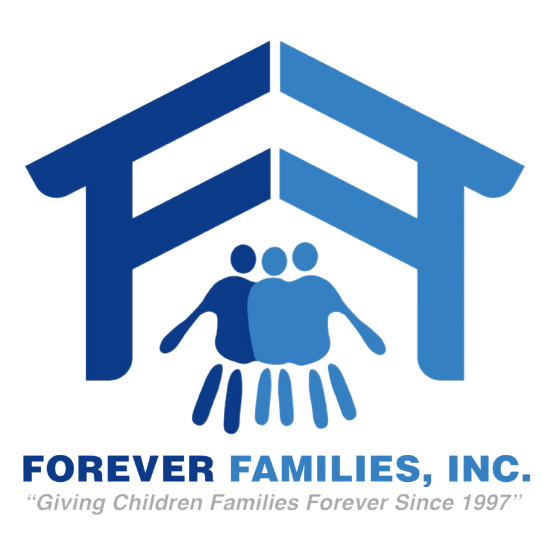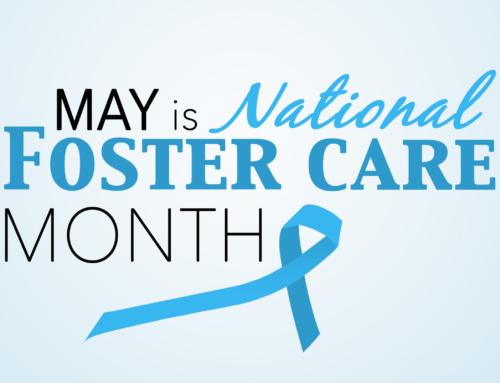Written by Dakota Steffey
Did you know that more than 40% of adoptions are transracial? According to https://www.childwelfare.gov, A study published by the Institute for Family Studies found that 44 percent of the adopted children surveyed were adopted by parents of a different race. This means that interracial adoption is becoming more commonplace. Interracial adoption refers to placing a child who is of one race or ethnic group with adoptive parents of a different race or ethnic group. Interracial adoption will forever alter a family and requires a lifelong commitment to learning. Preceding to placement and during the parenting journey, adoptive parents who have adopted transracially must be committed to growing their own understanding of different cultures, races, and ethnicities to support their child’s own exploration of race and culture.
While prospective adoptive parents are considering transracial adoption, they should investigate their own racial identity and biases as well as the degree of diversity in their world. This is important because it can determine whether a child would feel comfortable and supported enough to explore their racial and cultural identity. Adoptive parents must be willing to adjust to create an emotionally and psychologically safe domain that is culturally suitable and receptive for the child they want to parent.
Here are some ways that an adoptive parent can help their child develop a healthy sense of racial identity:
Finding mentors and role models for a child is one way that someone can help their child to better understand and become more comfortable in their racial identity. There may be questions related to their race and culture that an adoptive parent cannot answer and problems they may not understand. Involving adults in your child’s life who share their culture will give them valuable role models and allies. It is important for children of color to have role models who resemble them, some examples are their teachers, doctors, dentists, and coaches. These are people that the child may see for regular appointments and on a regular basis.
Another way adoptive parents can help a child is by making new connections in the community and expanding their knowledge in diversity. Adopting a child of a different race or culture is an opportunity to explore new resources and get involved with organizations in the community. Things like enrolling the child in a diverse school and joining community groups dedicated to social or racial justice are ways to expand knowledge and connections within different cultures and ethnic groups. It is also extremely important to learn about hair and skin care for children of a different race. Seek out the resources available to you such as the internet, friends in your community, and hair salons.
Another very important way to increase the child’s sense of racial identity is acknowledging racism. Part of adopting a child of another background can be helping them cope with and respond to racism. As a parent of a child of a different race or culture, one should educate themselves before they can help their child navigate the complicated racial landscape of our country. There are books to help people talk to their child about racism.
Lastly, embracing new traditions is a way to help the child learn to value and respect diversity and their own racial identity. Celebrating the child’s traditions within their culture and heritage, along with a parent’s own traditions or that of other cultures can help the child and adoptive parent to appreciate other cultures. This will also help them to feel more a part of their culture and racial background.
Overall, there are many ways to help a child form a healthy sense of racial identity within transracial adoptions. It is important for prospective adoptive parents to first explore their own racial biases as well as their degree of diversity in this world. This can help determine if someone is a good fit for transracial adoption and if the child would feel comfortable and supported by their adoptive parents and in their community. When choosing transracial adoption, it is important for adoptive parents to understand and recognize that the child will feel that they are living on the outside of two worlds if they do not establish a healthy sense of racial identity. Interracial adoption gives adoptive parents and a child the opportunity to grow and learn new things together as a family.
Sources









